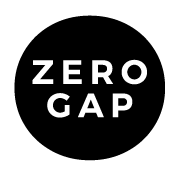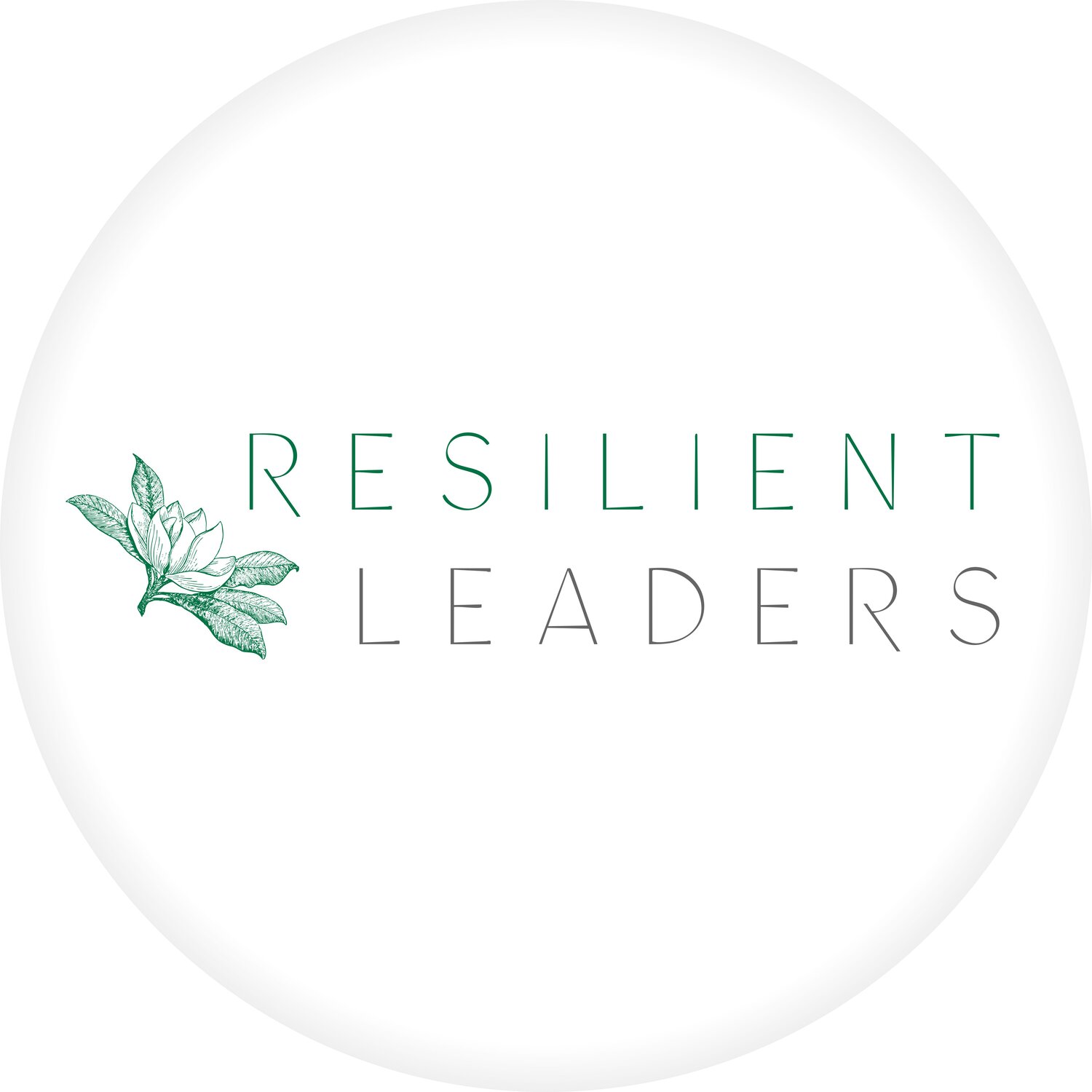Understanding Needs vs. Wants in L&D: Why Culture Comes Before Curriculum
A ZeroGap Approach to Learning & Development Solutions
Start Here: Learn the Business, Not Just the Buzzwords
Too often, L&D begins with a question like “What training do you need?” But that’s not always the right place to start and in some cases, it creates more confusion than clarity. At ZeroGap, we begin with a different question: How does this company work?
Before drafting a needs analysis, you need to understand:
How people actually work day-to-day (not just what’s written in job descriptions)
The company’s cultural norms, rhythms, and communication patterns
Whether there’s psychological safety to learn, ask, and challenge
Jumping straight to a needs assessment without cultural context leads to biased solutions. The result? Well-intentioned training programs that don’t land or worse, reinforce systemic issues they were meant to fix.
What L&D Actually Covers
Learning and Development is often misunderstood. It’s not just slide decks or classroom sessions. It can include:
Administrative logistics (like tracking compliance)
SOP/process creation
Designing and facilitating workshops
Selecting vendors or tools
Building eLearning modules
Defining long-term learning architecture
Depending on the organization, it might be all of these, or just a few.
Avoiding the Training Bias Trap
Let’s say someone flags a problem: “Our team needs time management training.”
An average response might be to launch a training.
A strategic L&D expert will pause and ask:
Is this a skills issue or a systems issue?
Are people actually struggling with time management… or is this a symptom of poor project planning or lack of prioritization frameworks?
Is the issue individual capacity or organizational chaos?
Sometimes “not enough time in the day” is just how the company operates, everything’s ad hoc, nothing is scheduled, and there’s no process for scoping work. That’s not a training issue. That’s a workflow issue. The job of L&D is to map the indicators before naming the solution.
From Discovery to Meaningful Insights
In the ZeroGap approach, we:
Observe without assumptions.
Collect patterns and behaviors.
Map insights to potential performance gaps.
Cross-check those insights with best practices or trends in learning, time management, people development, etc.
Bring those insights back to stakeholders not for sign-off, but for co-reflection.
This step is key: we coach stakeholders into clarity. Instead of saying “Here’s what we’re fixing,” we show them what we’ve learned, ask powerful questions, and let the story of the business guide the solution design.
Remote Work: The New Learning Frontier
Here’s another shift: remote and hybrid work changed everything.
In traditional office setups, people picked up knowledge through osmosis overhearing conversations, shadowing a colleague, or learning socially in meetings. In remote environments, those casual collisions don’t happen.
That’s why L&D must now:
Rebuild structured collaboration touchpoints
Intentionally support social learning
Help teams reduce silos and strengthen communication in distributed setups
Think of L&D as the bridge builder between isolation and integration in remote work.
💡 Application Tip (ZeroGap Style):
When someone says, “We need training on XYZ,” don’t rush to the solution. Ask: “What makes you say that? What’s happening right now?”
You’re not trying to dismiss their ask—you’re guiding them into discovery. Train your ears to hear indicators before assuming interventions.

